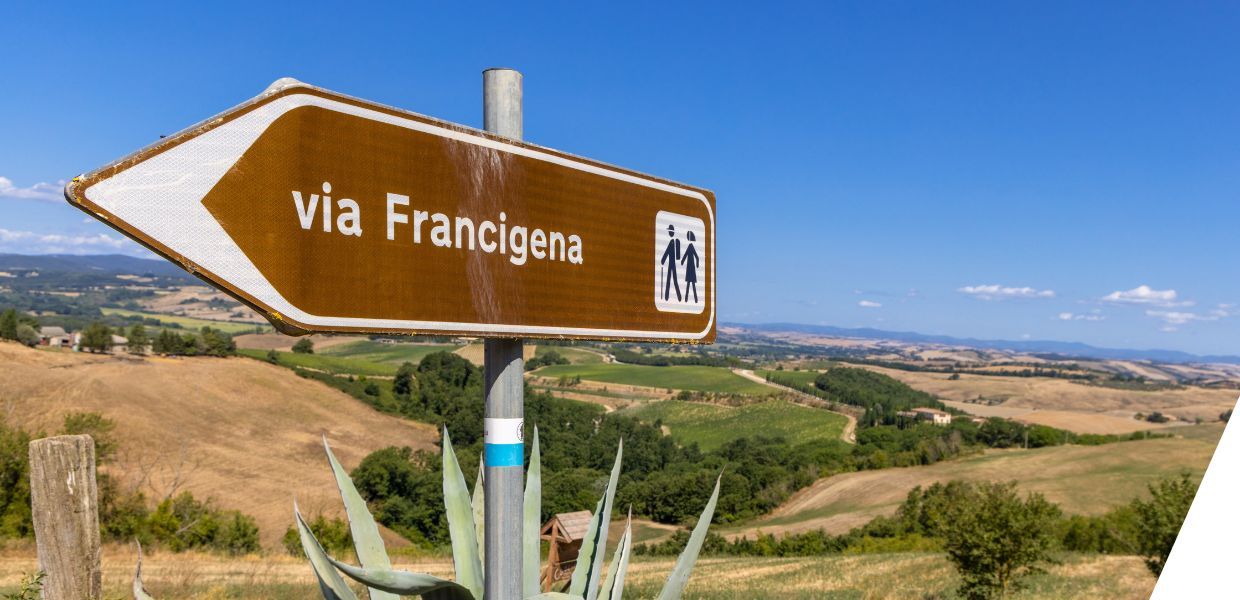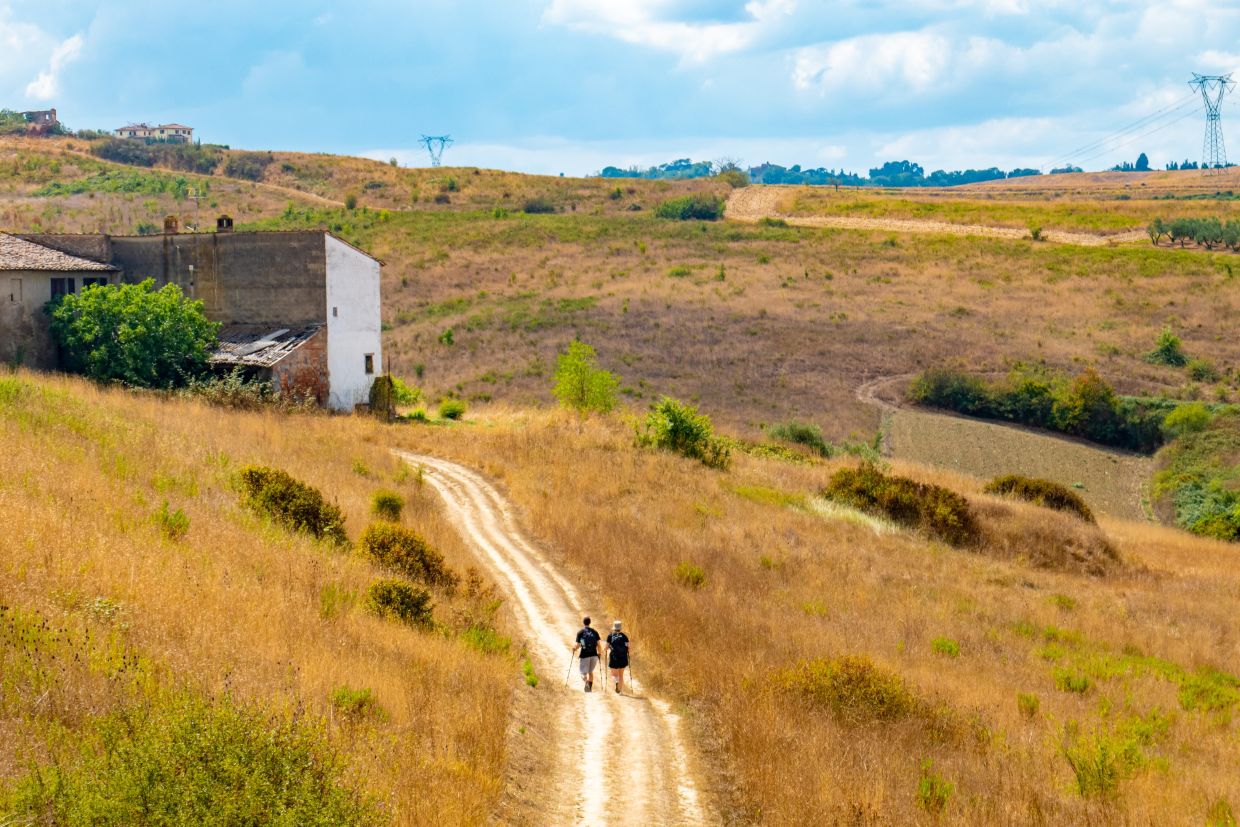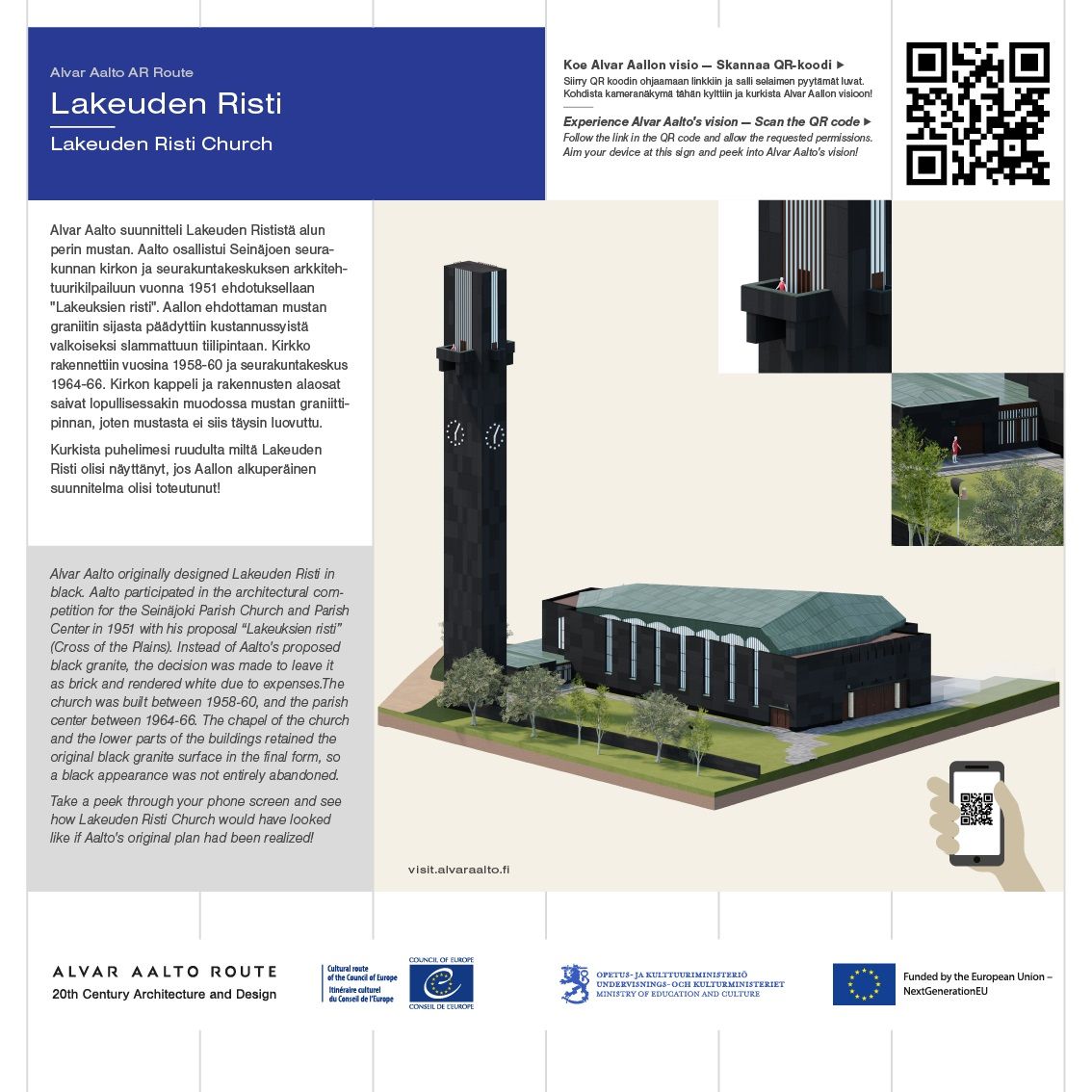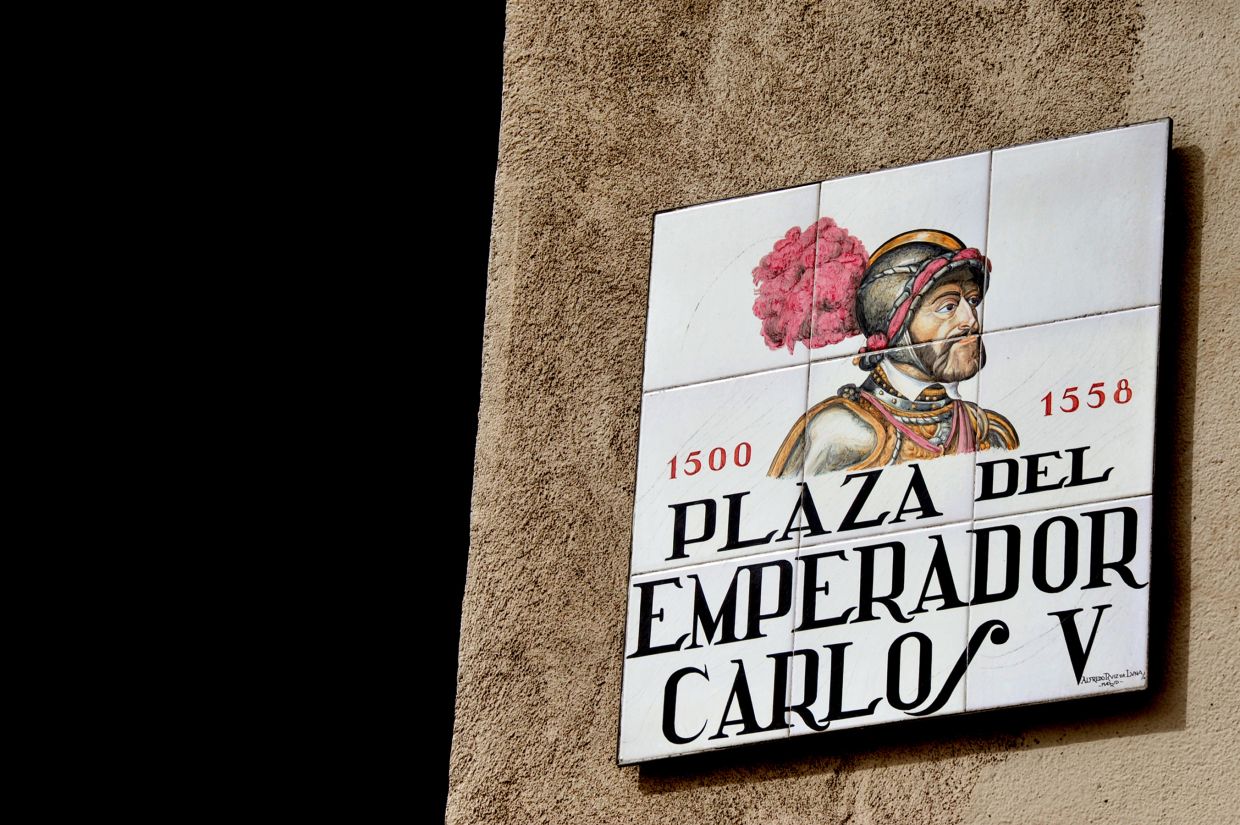Have you ever dreamt of strolling through Cluny Abbey before it was destroyed? Or to follow the first Europeans and discover how the Megaliths were built? What seemed impossible before has become possible, thanks to the digitalisation of the Cultural Routes of the Council of Europe.
As we navigate the post-digital era, the lines between the digital and tangible worlds blur. We seamlessly weave both into our lives, yet, when it comes to heritage, melding the ‘new’ with the ‘old’ can provoke hesitation. In our hyper-connected, digitised world, heritage stands as a grounding force amidst constant change.
While digitising it may seem, to some, to compromise its authenticity, the Cultural Routes of the Council of Europe views digitalisation as a powerful tool in the accomplishment of their mission to offer a rich and authentic heritage journey.
What are the Cultural Routes of the Council of Europe?
The Cultural Routes of the Council of Europe offer an authentic journey through the continent’s heritage. Established in 1987, these Routes provide travellers with meaningful experiences that transcend sightseeing to become a profound exploration of Europe’s cultural identity.
But what exactly are these Cultural Routes? More than geographical itineraries, they are pathways that connect the continent’s diverse heritage, inviting visitors to board thematic journeys that delve into specific aspects of European culture. Each Route is focused on a single topic that is shared by at least three countries of Europe, and often goes beyond European borders. From the traces of the first Europeans to religious heritage, from history and civilizations to landscape and crafts, arts and architecture, each Route tells a unique story that is deeply rooted in our collective heritage.
One of the most compelling aspects of the Cultural Routes of the Council of Europe is their ability to transcend borders and foster cross-cultural dialogue. As visitors follow Cultural Routes, they not only discover the cultural heritage of individual nations, but also, and more importantly, the shared narratives that unite them. This sense of unity in diversity is a testament to the profound interconnectedness of European culture, reminding us of the bonds that have shaped the continent's identity over millennia.





